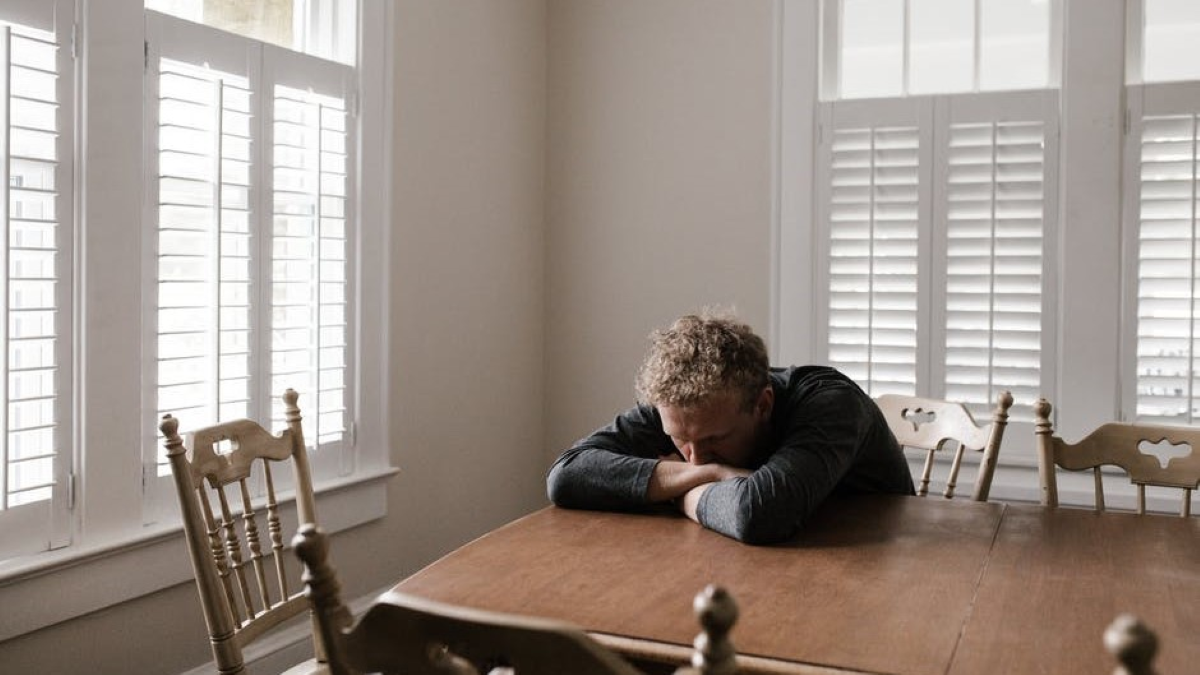For some, the holidays are a time for joy and communion with loved ones. But for others, the holidays bring up stressful reminders of grief, loss, and unresolved family conflicts.
Stress is the number one cause of relapse, making this time even more challenging for people with addictions. If you suspect your loved one is one of these people, you may wonder about the signs of addiction around the holidays.
This guide will explain alcohol and drug addiction signs to look out for. That way, you can help your loved one find the help they need to start the journey to recovery.
Why the Holidays Are Hard for People With Addictions
41% of adults say their stress levels increase during the holiday season. The top sources of holiday stress include financial strain, grieving lost loved ones, and having too much to do with not enough time.
Stress is a trigger for relapse in people recovering from addiction and one of the primary reasons people turn to substances in the first place.
Without seeking treatment, people may not learn healthier coping mechanisms to take the place of drinking or using drugs. As stress increases during the holidays, many use substances for an escape.
Negative feelings like stress are not the only reason people use more during the holidays. Celebrations are another common cause of relapse, especially when alcohol or drugs are present.
Substance use may also be a way people with addictions commemorate positive milestones and achievements. Those in recovery or trying to cut back may struggle to avoid this tradition during the holidays.
Signs of Addiction During the Holidays
The signs of addiction can be tricky to spot. Many people hide their substance misuse to keep from attracting attention. Others have high-functioning addictions, where they present few traditional signs.
Still, looking out for the following possible indications of addiction during the holidays can bring you one step closer to determining if your loved one has a drug or alcohol problem.
Showing Signs of Intoxication
The most obvious sign that your loved one is struggling with substance abuse is being intoxicated.
Alcohol intoxication is one of the easiest addictions to spot. Individuals may smell like alcohol, slur their words, or sway on their feet. People with alcohol addiction may struggle to limit their consumption or continue to drink despite loved ones asking them not to.
These signs may also indicate drug intoxication, especially if your loved one has not taken a drink. Lethargy, drowsiness, appetite changes, bloodshot eyes, and moodiness are other potential signs of drug intoxication to watch out for.
Importantly, these can be signs of something other than addiction. Be careful not to accuse your loved one of abusing drugs or alcohol unless you are certain about your observations.
Taking Unexplained Absences
Everyone is gathered around the dinner table- except for your loved one, who you suspect is struggling with addiction. They reappear a few hours later, maybe wearing a change of clothes or acting differently.
Frequent or prolonged absences from holiday gatherings could be a sign of addiction. The person may seek privacy to track down or use substances.
Two criteria for addiction in the Diagnostic and Statistical Manual of Mental Disorders (DSM) are spending significant time obtaining, using, or recovering from the effects of a substance and discontinuing previously enjoyed social activities to obtain, use, or recover from drugs or alcohol.
If your loved one used to enjoy spending time with family and friends at holiday gatherings, taking unexplained absences may indicate the escalation of casual to problematic substance use.
Initiating Family Conflicts
Combativeness can be a side effect of drug or alcohol intoxication or withdrawal. Having an addiction, in general, can also increase the risk of aggression. Studies show a four to ten times increase in violent or combative behavior in people diagnosed with drug use disorders.
Aggression is even more common in people who abuse multiple drugs or drugs and alcohol. Also known as polysubstance abuse, mixing drugs and/or alcohol increases the risk of addiction and overdose-related deaths.
If your loved one progresses from verbally combative to physically aggressive, do not engage. Call law enforcement if you believe you or anyone else is in danger of harm.
Behavioral or Physical Changes
Addiction changes the brain in many ways, not just making the person crave and seek drugs. It can also impact someone’s personality, mood, impulsiveness, sleep habits, and appetite.
During the holidays, the person may seem more depressed or anxious than usual. Normally cautious people may take part in risky activities. Or someone who is typically a rule follower may experience trouble with the law.
Mood swings are also common among people with addictions, especially adolescents. A mood swing is a sudden and sometimes extreme change in a person’s mood. With addiction, mood swings may have no apparent cause.
Physical changes to watch out for include unexplained weight gain or loss. Your loved one may look sickly, with bloodshot eyes, a dull complexion, and a disheveled appearance.
What to Do If You Spot These Addiction Signs
If you spot the above alcohol or drug addiction signs, you can make a difference for your loved one. Follow these tips to encourage your he or she to seek the help they need.
Educate Yourself
One of the best things you can do as the loved one of someone with an addiction is to educate yourself about what substance use disorders (SUDs) are and are not.
Contrary to some beliefs, addiction is not a failure in willpower. It is a chronic disease that hijacks someone’s brain to believe that alcohol or drugs are necessary for their survival.
You can also help by learning about the treatment options available to your loved one. Research inpatient and outpatient recovery programs in your area and find out the types of treatments they offer.
Express Your Concern
Contrary to what popular media would have you believe, confronting someone about addiction should not initially take place in an intervention-like setting. Talking to your loved one calmly and privately is a better first step.
A private confrontation will save the person embarrassment and reduce the chances of them becoming defensive. Approach your loved one with curiosity and concern, not anger or judgment.
If you continue to see signs of addiction after a one-on-one conversation, consider hosting an intervention. This can help convince the person that they have a problem and need to seek treatment.
Offer Support
If the one-on-one conversation goes well, be prepared to offer support. Present the treatment options you’ve researched. Explain which option would be best for your loved one and why.
Other ways to show support are to offer to drive your loved one to and from treatment sessions. You could also propose to provide child care or even help pay for the treatment program they choose.
Importantly, there is a fine line between enabling and helping your loved one with an addiction.
Enabling means directly or indirectly supporting someone’s addiction- making excuses for them, funding their habit, or providing a place to use. Supporting means giving help when needed but not shielding the person from the consequences of their actions.
Addiction Treatment Options
We want to help you start researching addiction treatments by explaining the available options: inpatient and outpatient programs. Learn more about the types of alcohol and drug addiction rehab below.
Inpatient Programs
Inpatient programs are what most people think of when they imagine rehab. These programs allow individuals to live at the facility where they receive treatment to reduce exposure to real-world temptations.
People with moderate to severe addictions are the best candidates for inpatient treatment programs. These are typically people who require withdrawal management services, have poor support systems, and need time to spend away from work, school, or home.
The only downsides to these programs are the time commitment and cost. Inpatient programs last 30 days at minimum, during which your loved one will reside full-time at the treatment center. Because the cost covers room and board and treatment services, these programs can also be cost-prohibitive, especially without insurance.
Outpatient Programs
Outpatient programs are more flexible and affordable. Individuals live at home and commute to treatment. Withdrawal management services are also available in an outpatient setting.
These programs are best for people with mild to moderate addictions who can’t take significant time away from work, school, or family obligations. There are different types of outpatient programs requiring various levels of participation.
The main drawback to outpatient programs is that some forms of medically assisted treatment (MAT) may not be available. People undergoing MAT are prescribed FDA-approved medications to ease withdrawals or fight cravings to support recovery from addiction. There are select MAT outpatient services available to those who complete an initial assessment and UA.
Substance Use Disorder Treatment in Texas and New Mexico
These signs of addiction may be readily apparent during the holidays. People with addiction feel a stronger urge to use when stressed or surrounded by drugs and alcohol. Spotting the signs in this guide can help you encourage your loved one to seek treatment.
Are you searching for addiction treatment options near you? We offer flexible inpatient and outpatient services, including outpatient withdrawal management and MAT.
Get help for your loved one today.


